XYZ Corp Case Study: Risk Management and Market Entry Strategy
VerifiedAdded on 2023/06/04
|9
|1006
|368
Case Study
AI Summary
This case study analyzes the risk management failures of XYZ Corp during its expansion into the Queensland and Victorian markets in 2008. The company's minimal and narrowly focused risk assessment, primarily addressing financial aspects of competition, proved inadequate. The case highlights the company's lack of understanding of the Victorian market's specific risks, compounded by potentially overzealous management. The analysis covers the steps senior management should have taken to better understand market risks, including conducting thorough market research, understanding consumer preferences, and addressing governmental policies. The potential economic factors, such as maintaining financial strength amidst losses, and social factors, such as failing to meet consumer needs, contributed to the closure of stores and the company's withdrawal from Victoria. The solution also discusses risk control options like product substitution and service elimination, risk reduction measures, and the importance of documentation and accurate estimates in risk management. It further identifies the roles of project oversight, communication strategies, and potential constraints like financial and time limitations, along with strategies to counter them.
1 out of 9
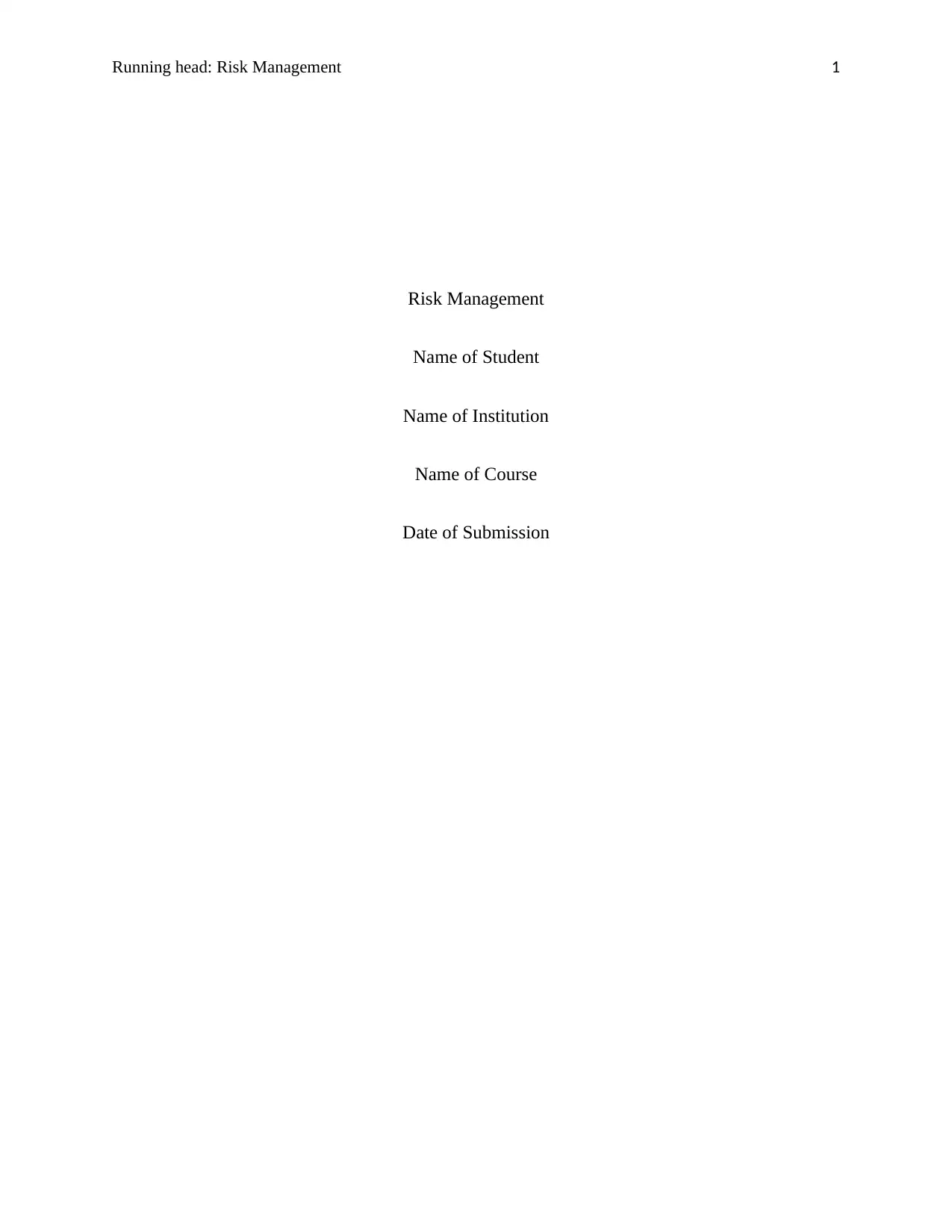
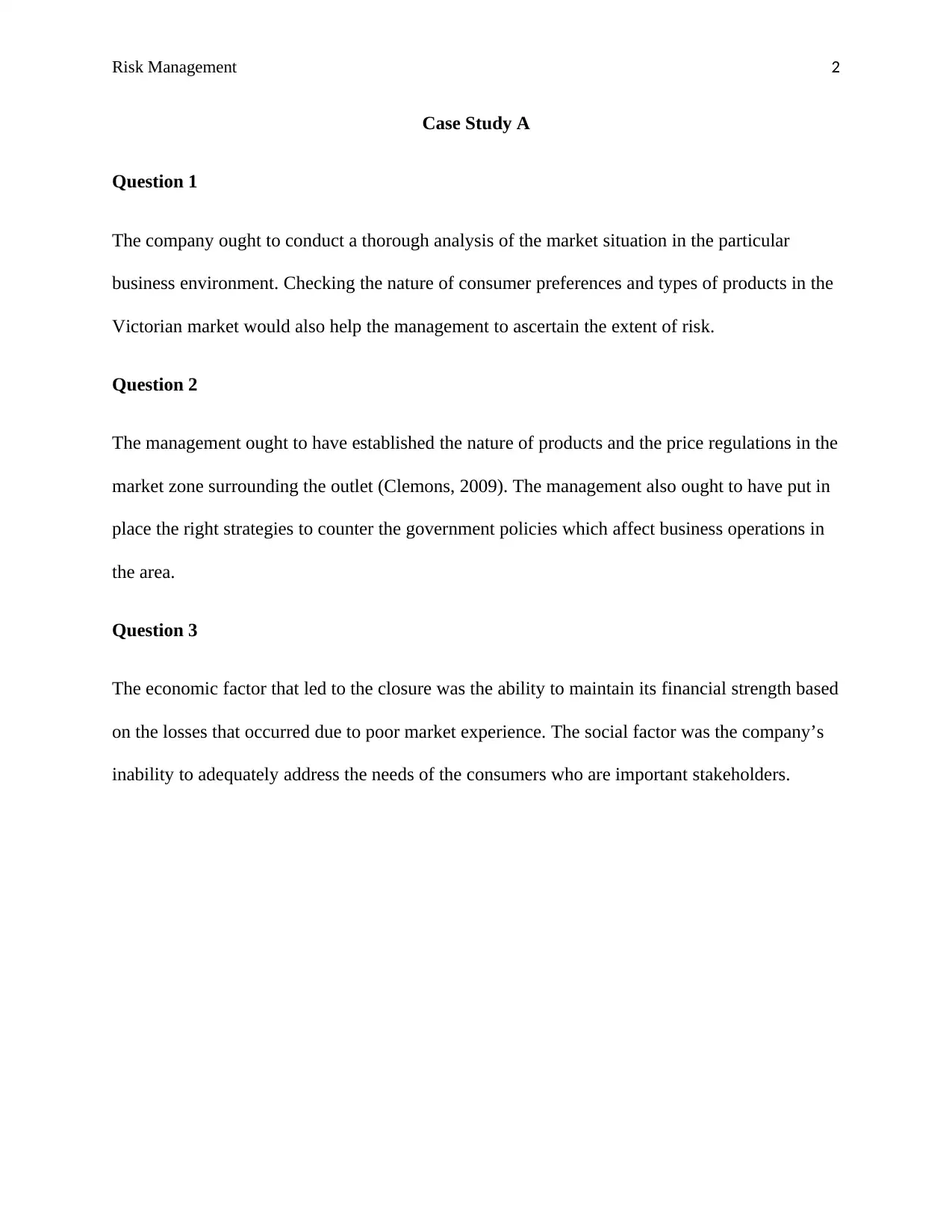
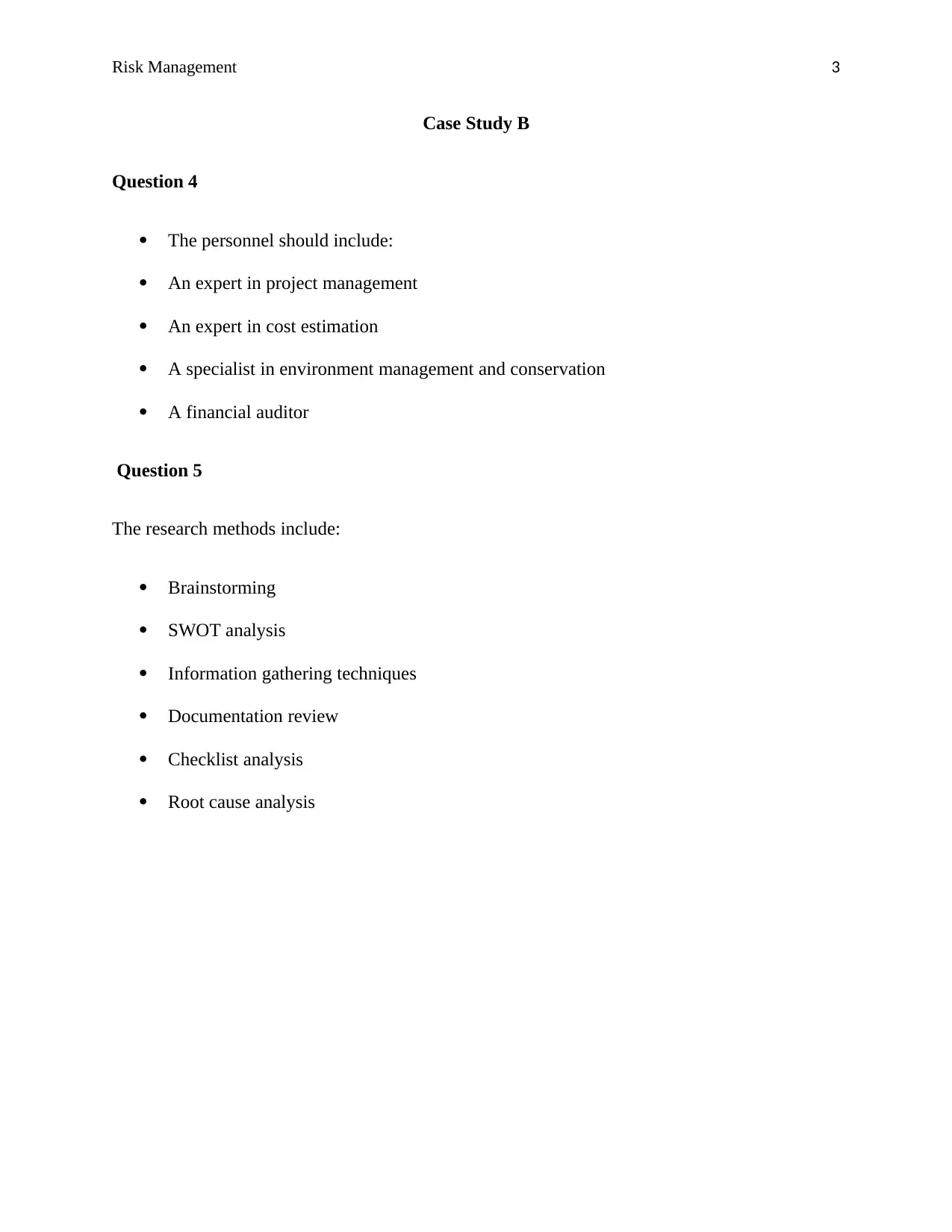

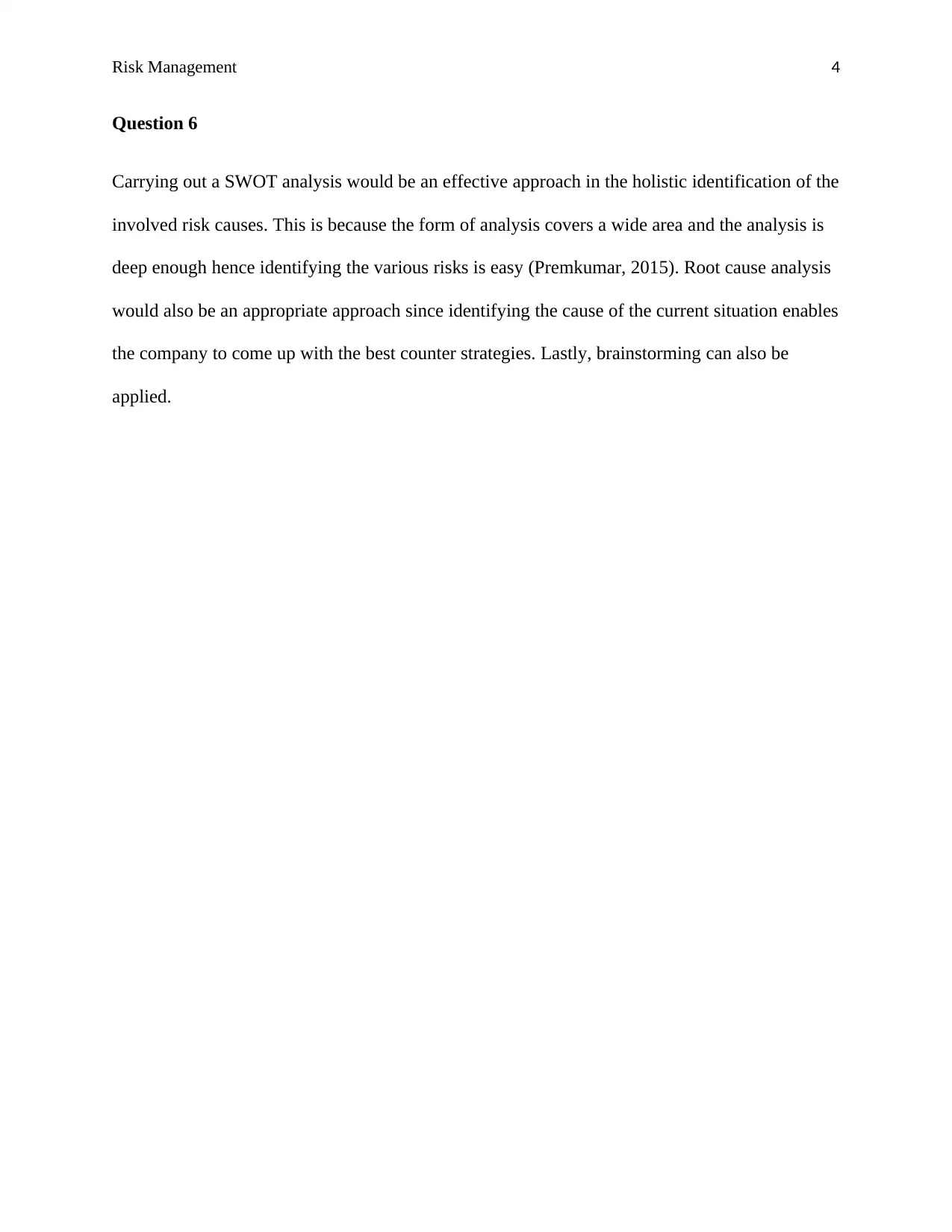
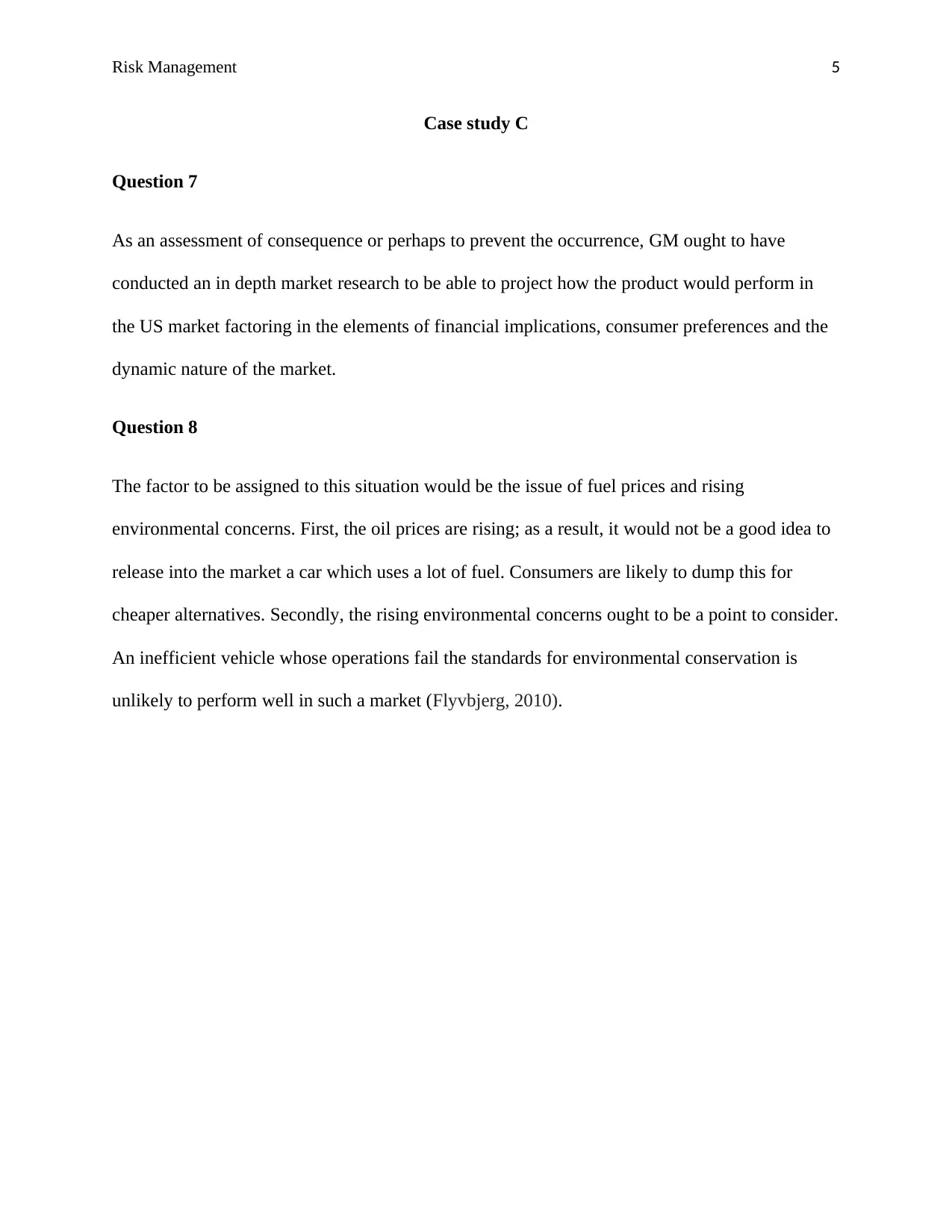
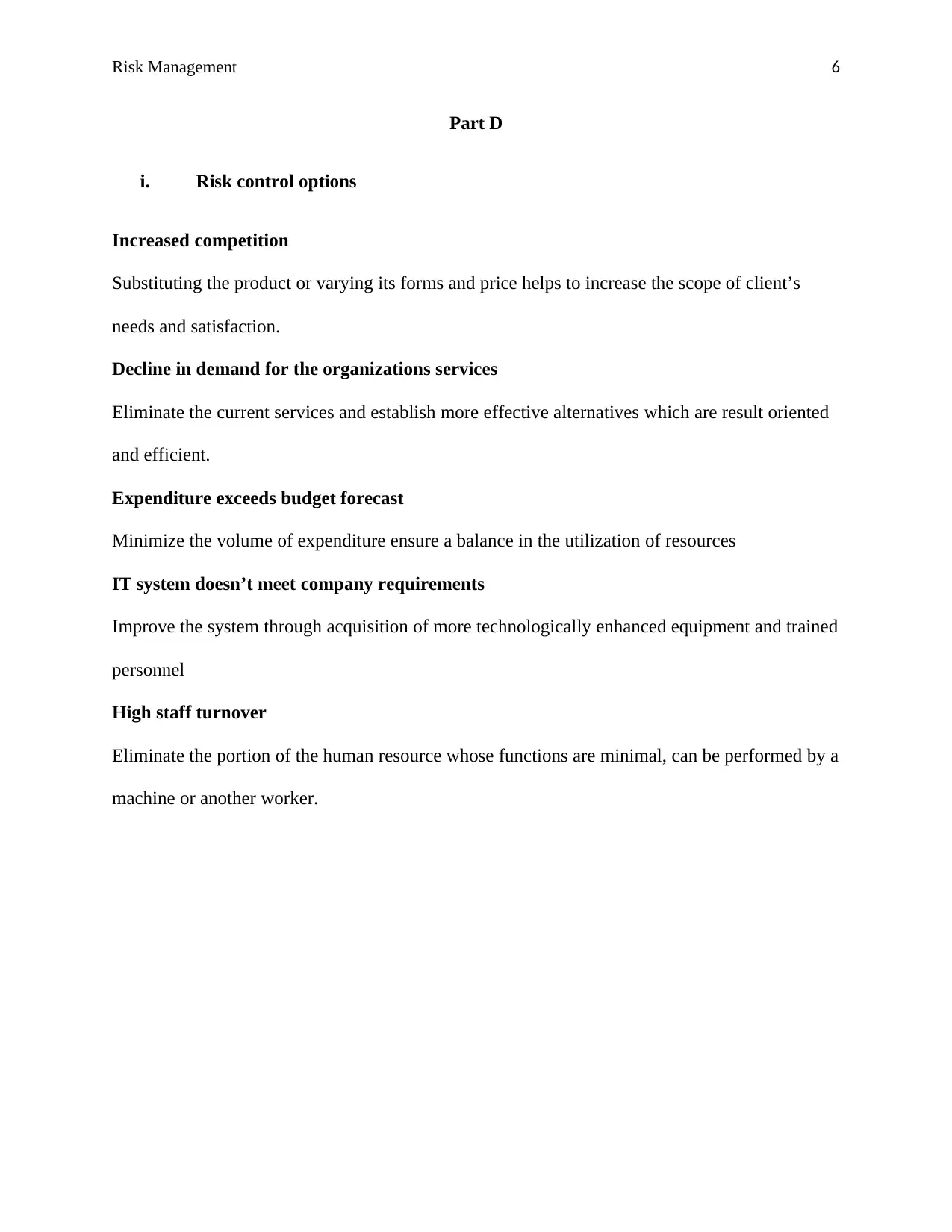
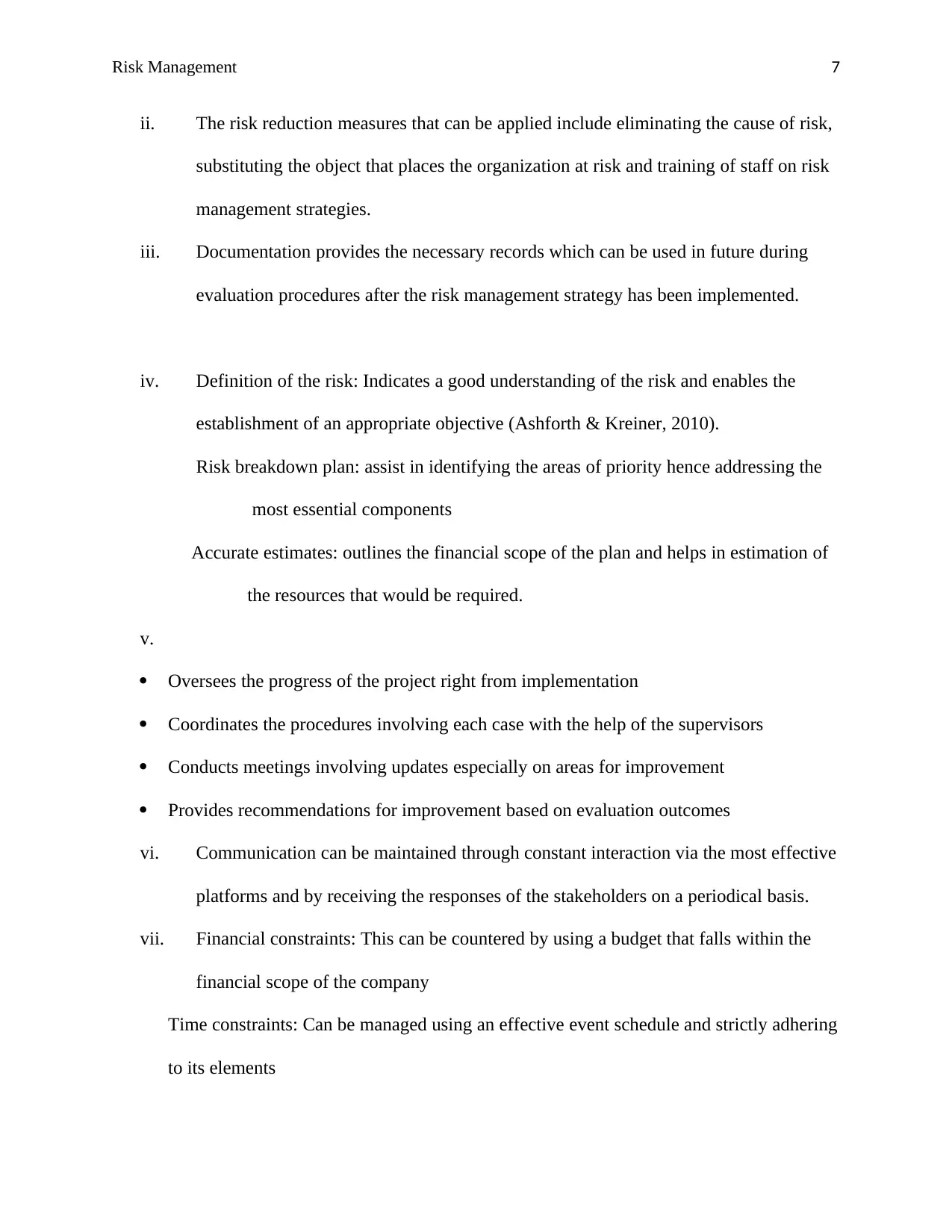
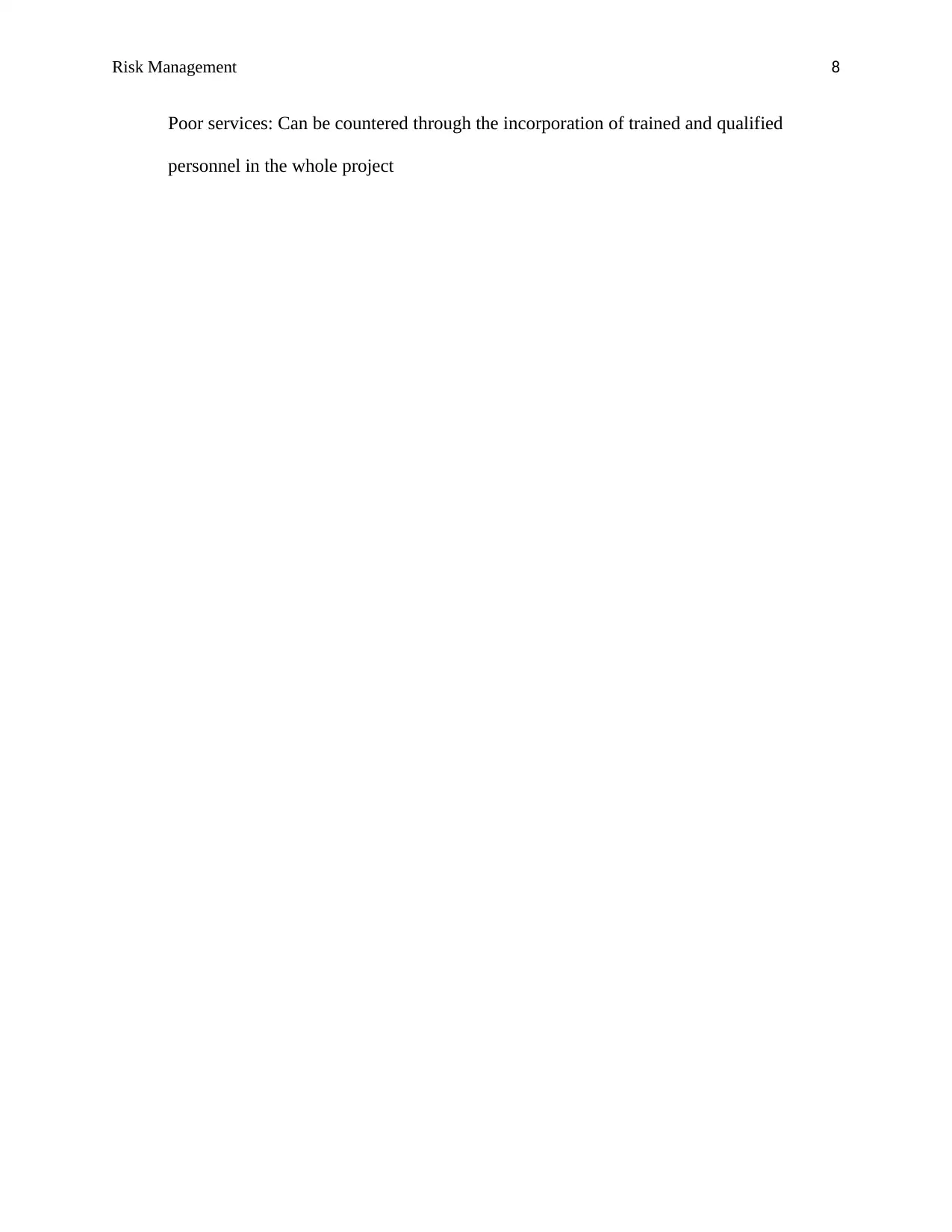
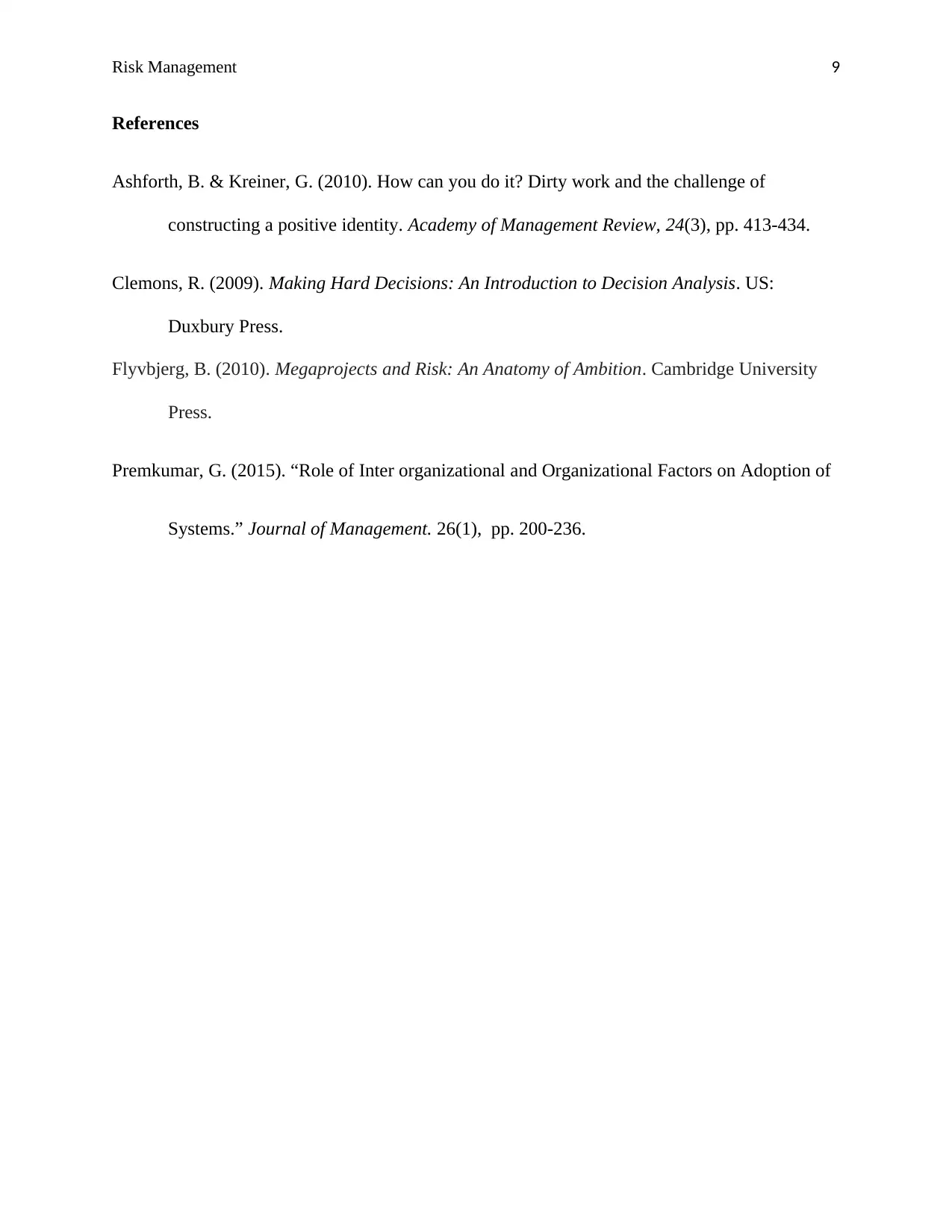






![[object Object]](/_next/static/media/star-bottom.7253800d.svg)